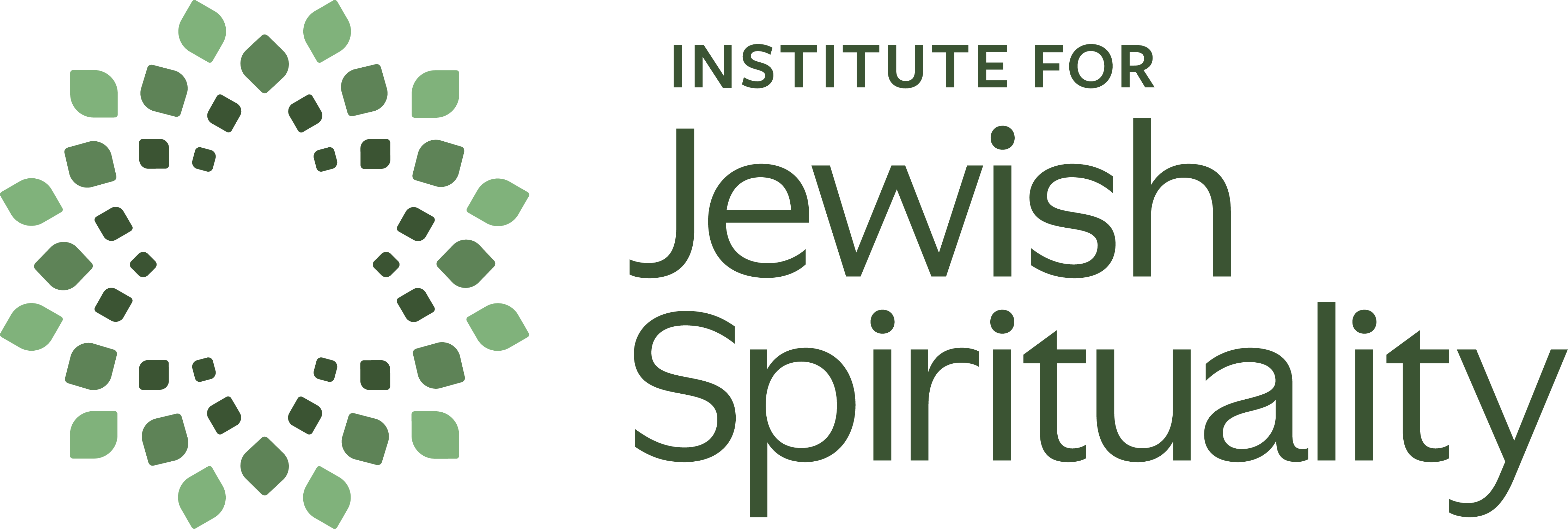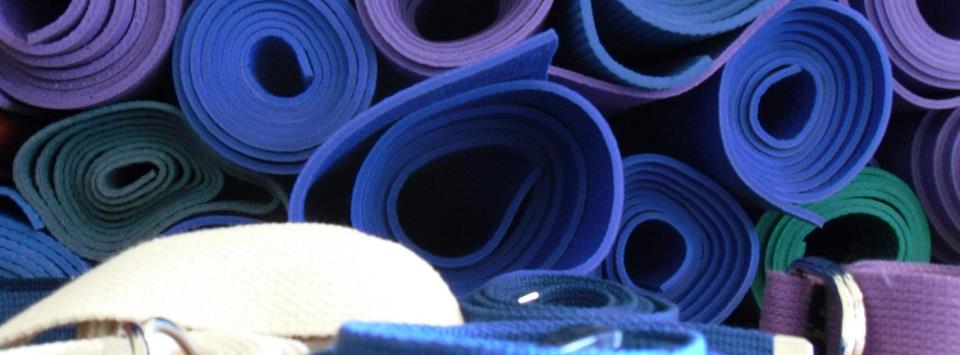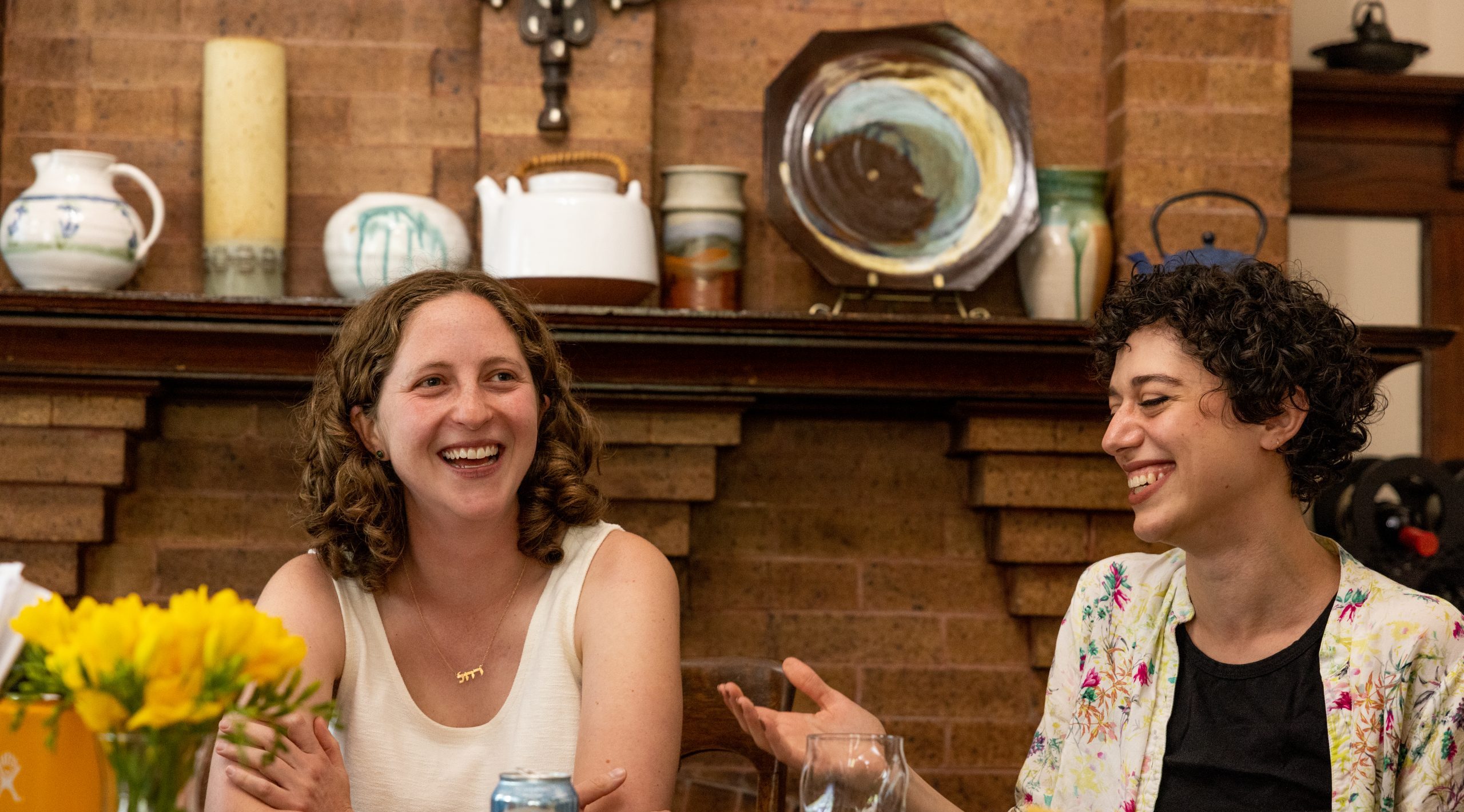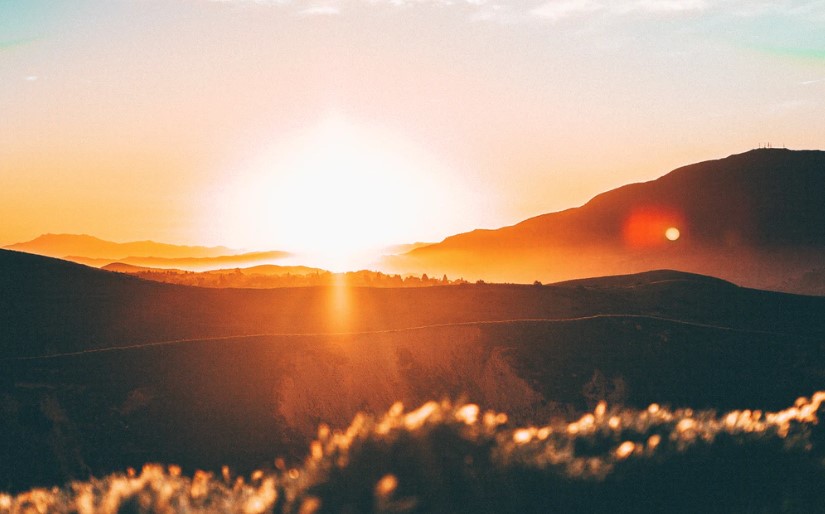

Resources to Support Practice in Our Time
Resources from IJS To support you in your practice, we offer this page of resources. We hope you will find it helpful in cultivating a grounded and resilient inner life that helps you to wisely and lovingly in ways that are most aligned with your core values....Now is the time for spiritual practice.
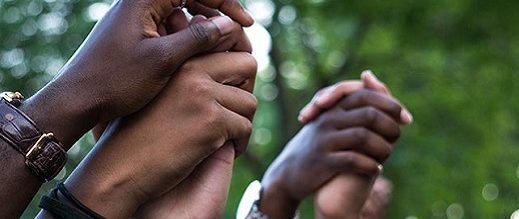
Perhaps the author Paul Auster said it the most succinctly: “It occurred to me that the inner and the outer could not be separated except by doing great damage to the truth.”
One of the most radical intuitions that can emerge from contemplative spiritual practice is how profoundly everything is interconnected. There are so many ways we can talk about this experience. Jewish mystical texts discuss how waking up in the lower worlds causes waking up in the upper worlds. The sephirot map Divine qualities out there onto the human body right here. Nachman of Breslov piles metaphor upon metaphor (bechinot) in his teachings to show how seemingly unrelated things are surprisingly aspects of each other. Art Green and others help move vertical symbols into horizontal ones, encouraging us to connect the inside and the outside as one whole, all of which can be an abode for Divine light.
This is particularly important during times like ours. We are seeing clearly what we glimpse in our practice: namely, that the inner life is not actually separate from our outer lives. The conditions and conditioning of our hearts and minds shape our relationships and contribute to shaping our societies. And the opposite is also true. What happens on a national and international scale is not separate from us; we feel their influence in our relationships and in our souls. There is one thing happening on all the levels.
Wherever you are on the political spectrum, we might agree that these are remarkable times. We at the Institute would like to suggest that now more than ever is the time for the wisdom and insights born of spiritual practice.
Over the coming months, in each e-newsletter we will highlight a practice, a middah (way of being in the world), a teaching that we hope will serve as a resource in cultivating a grounded and resilient inner life that helps act us wisely and lovingly in ways that are most aligned with our core values. We will also offer a webinar to further explore the practice or teaching. All these resources will be available on our website.
Please contact me with feedback and suggestions. And may we learn to be more and more connected.
Practice Off the Mat
Last month I was called for jury duty and I was surprised how much the experience of sitting for three days in the jury room was similar to being on a silent retreat. Don’t get me wrong: It was not because the jury room was a still container that facilitated deep truth telling and inner exploration. Rather, in the enforced quiet of the jury room, I had a fresh opportunity to notice the judgmental nature of my own mind.
It was pretty extraordinary. I had very strong opinions about my fellow jurors; I could tell you whom I liked, whom I disliked and who intrigued me. I was undeterred by the fact that I had nothing to base any of these judgments on; I hadn’t even spoken to anyone! It was just like many of the retreats I have attended, where I invented whole stories about people based on the sound of their breathing, the pace of their walking and where they sat.
I was grateful for the past retreat experience because I was able to recognize the absurdity of my judgmental thoughts and to lightly remind myself that they were not in fact based on truth. I had a choice: I could entrench around my criticism (which was easy to do in that particular jury room, a breeding ground of entrenchment and judgment) or I could gently renew a commitment to stay open, to be curious and surprisable, and to question my own assumptions.
People often talk about spiritual practice within the narrow context of the actual practice on the cushion or yoga mat or with the prayer book or other sacred text. But to me the fruit of the practice is revealed in other contexts, often where I least expect it. The practice prepares me to notice more quickly: Oh, here is my judgmental mind. Oh, I am on autopilot again. Oh, this situation is triggering a strong reaction. What is in fact the wisest response?
And for the record, sometimes the wisest response is one of strong judgment. I left jury duty with a lot of criticism, not about my fellow jurors, but about the justice system and how it was facilitated in this particular court. Instead of sitting and sniping at strangers in my head, I managed to recognize the larger issue and subsequently channeled my discontent by writing to the judge who oversaw the jury room. I received a sympathetic response – so who knows what will emerge?
The practice manifests in mysterious ways! It is one of the great pleasures of engaging in it.
